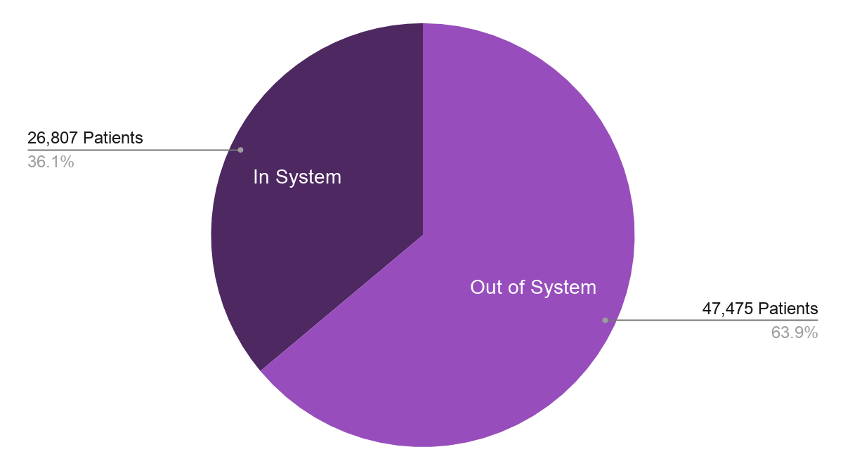What is Rehab Referral Leakage? And What Can Health Systems Do About It?

About Ryan Lewis: Ryan joined Luna to lead health system partnerships for Luna after spending 12+ years with Premier, Inc. in a variety of roles helping health systems implement technologies in the workforce management, enterprise resource planning (ERP), population health management and clinical outcomes space. Ryan lives in South Carolina with his wife and two children, although he is from Cleveland, OH originally and is a diehard Cleveland sports fan.
What is referral leakage?
A recent study uncovered that 96% of healthcare executives are prioritizing patient referral leakage. So, what is referral leakage? To clarify, patient leakage occurs when a healthcare consumer makes the decision to receive care outside of their provider’s network. As an example, a patient may undergo a knee replacement and receive a referral for physical therapy (PT) from their physician/care team. Typically, the healthcare provider where the surgery was performed has a network of rehab clinics that offer the necessary services. However, 40-70% of patients end up receiving care outside of that network.
See below for an example of one large IDN that referred over 74,000 patients to outpatient rehab in 2019, and saw 47,475 (63.9%) of those patients go to competing, local, brick and mortar clinics for care. These patients represent over $60M/year in lost revenue to the health system in addition to fragmentation of patient care and the consumer experience.
So, why do consumers seek care outside of their provider’s network?
Within the outpatient rehab space where leakage is typically the highest, there are a variety of reasons as to why patients leave their healthcare provider’s network. The biggest factor is that competing clinics are closer to where consumers live. For context, across the United States there are more brick-and-mortar PT clinics than there are Starbucks (in fact, twice as many)! While some of us are willing to drive past a local coffee shop or two to get their favorite beverage from Starbucks, data shows that this is not the case with PT.
What are experts seeing?
As one of our partners recently shared during a talk focused on delighting patients by offering care at home, “People will drive quite a ways to have surgery, but they tend to not come back to the health system for the rehab...We view Luna as helping us serve patients that would have otherwise not stayed in our system, which helps us with patient experience, quality, revenue, and oversight.” Our partners are also finding that offering delivery to the home helps to mitigate patient wait lists, expand hours of operation, and eliminate the inconvenience of traffic, parking, and waiting rooms.
How do we solve for patient leakage?
Ultimately, the 96% of executives who have prioritized leakage are faced with the following options:
- Continue to live with the fact that 40-70% of their patients go to the competition.
- Invest millions of capital into building additional brick-and-mortar clinics to expand access and better serve the local community.
- Identify a partner, like Luna, to enable delivery of in-person care to the home. Through analysis of our partners’ outpatient case volumes in-clinic, we have found that 87% of outpatient PT cases can be served at home effectively.
Now what?
The question we’re left with to the 96% of executives facing this challenge: What are health systems executives doing to address patient leakage? This journey starts by understanding the magnitude of your leakage, and diagnosing why that leakage is occurring. We are partnering with health systems to analyze claims data and help them make sense of what can be done. If you’re interested in a complimentary analysis of your outpatient rehab leakage, read more here and let us know if we can help.
This entry was posted in Luna Blog and tagged Health Systems.


